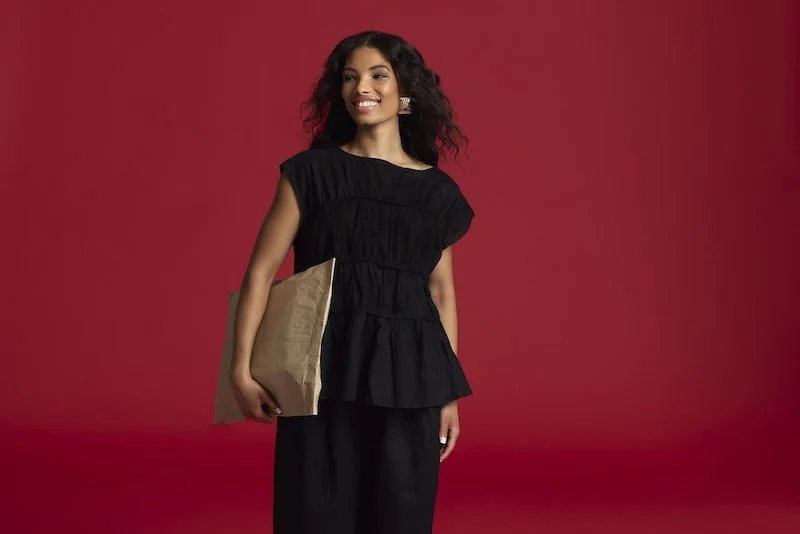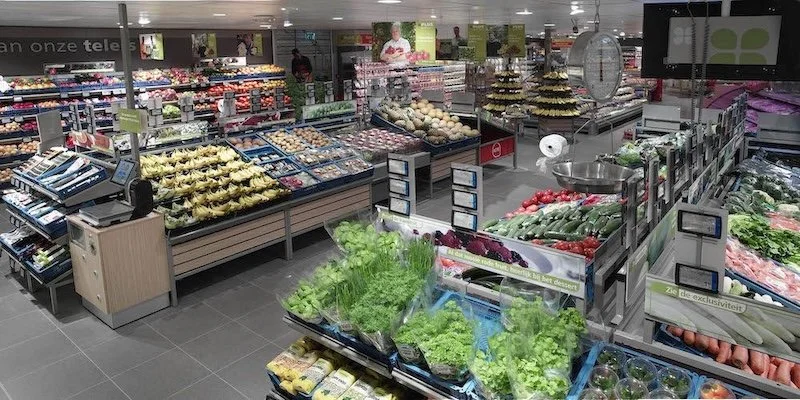The potential of deep fakes in retail and advertising
Artificial intelligence (AI) has made significant progress in the past year, moving beyond driverless vehicles, voice recognition, and facial recognition.
These days, AI is no longer restricted to those working in the information or technology industries.
Instead, many AI tools, like ChatGPT, Jasper, and Flick, have been used by those in the marketing and advertising field to create content and improve general efficiency.
Recently, AI technology has been used to generate faux marketing campaign videos for the likes of Balenciaga and PlayStation.
While the brands themselves didn’t create these campaign videos, it’s easy to believe they could have, given how convincing they appear to be. In fact, multiple people on the internet actually felt that the AI generated content created for Balenciaga was so in line with the brand.
In an article, virtual private network provider and cybersecurity company ExpressVPN looked at how deep fakes and a phenomenon known as the Mandela Effect could affect various industries and, more specifically, our memories.
In their piece, ExpressVPN discussed how deep fakes have convinced many of us that certain occurrences, historical moments, and even pop culture references aren’t what we think they are.
While they can be problematic, deep fakes and AI technology also has the potential to transform the retail and advertising industry.
Right off the bat, we see how deep fake and AI technologies can be implemented to create advertising and marketing campaigns that aren’t just believable but could actually help save brands lots of money.
Instead of engaging external advertising agencies, brands can create these campaigns in-house or avoid hiring multiple talents and a studio.
Just last month, Coke worked with OpenAI and Bain & Company to launch a campaign where consumers could create art with Coke cans and other brand elements. Instead of shying away from the use of AI, Coke embraced it and created an experience that immersed its fans.
From a retail perspective, one of the more promising and positive uses of deep fakes and AI is the possibility of enhancing personalisation in the shopping experience.
Retailers can use AI generated images or videos to model clothing, accessories, or makeup on a virtual version of the shopper, offering a tailored experience that better reflects individual preferences and body types.
Not only could this significantly improve customer satisfaction and increase the likelihood of making a purchase, but it’ll also help the retailer become more inclusive of its customers.
Additionally, Retailers can harness deepfake technology to create realistic, immersive product visualisations. By generating lifelike images and videos of products in various settings or being used by people, deepfakes can help customers better understand a product's features.
Another great potential is that deep fakes can be employed to adapt campaigns for different regions or cultures, making them more relatable and engaging for diverse audiences.
By altering the appearance, language, or cultural references within an advertisement, deep fakes can help brands connect with consumers across the globe. Again, this means that brands might not have to lean on agencies to create advertisements and campaigns for their products.
Before they can be used extensively, it’s worth understanding that deep fake and AI technology still have some ways to go.
More research is needed to understand the type of role that these technologies can play in our society, and certain considerations need to be taken into account before they can be implemented.















Continue reading…